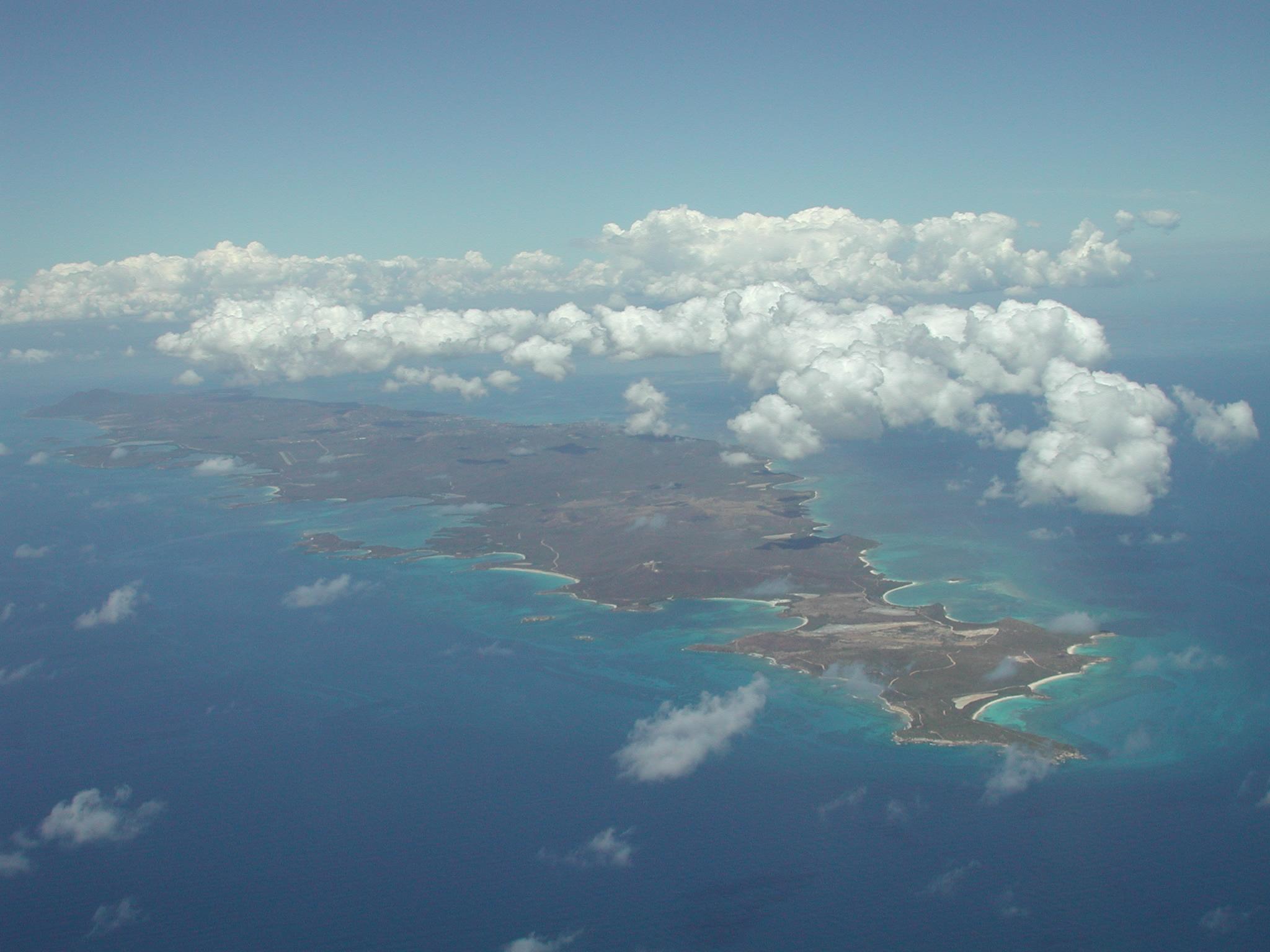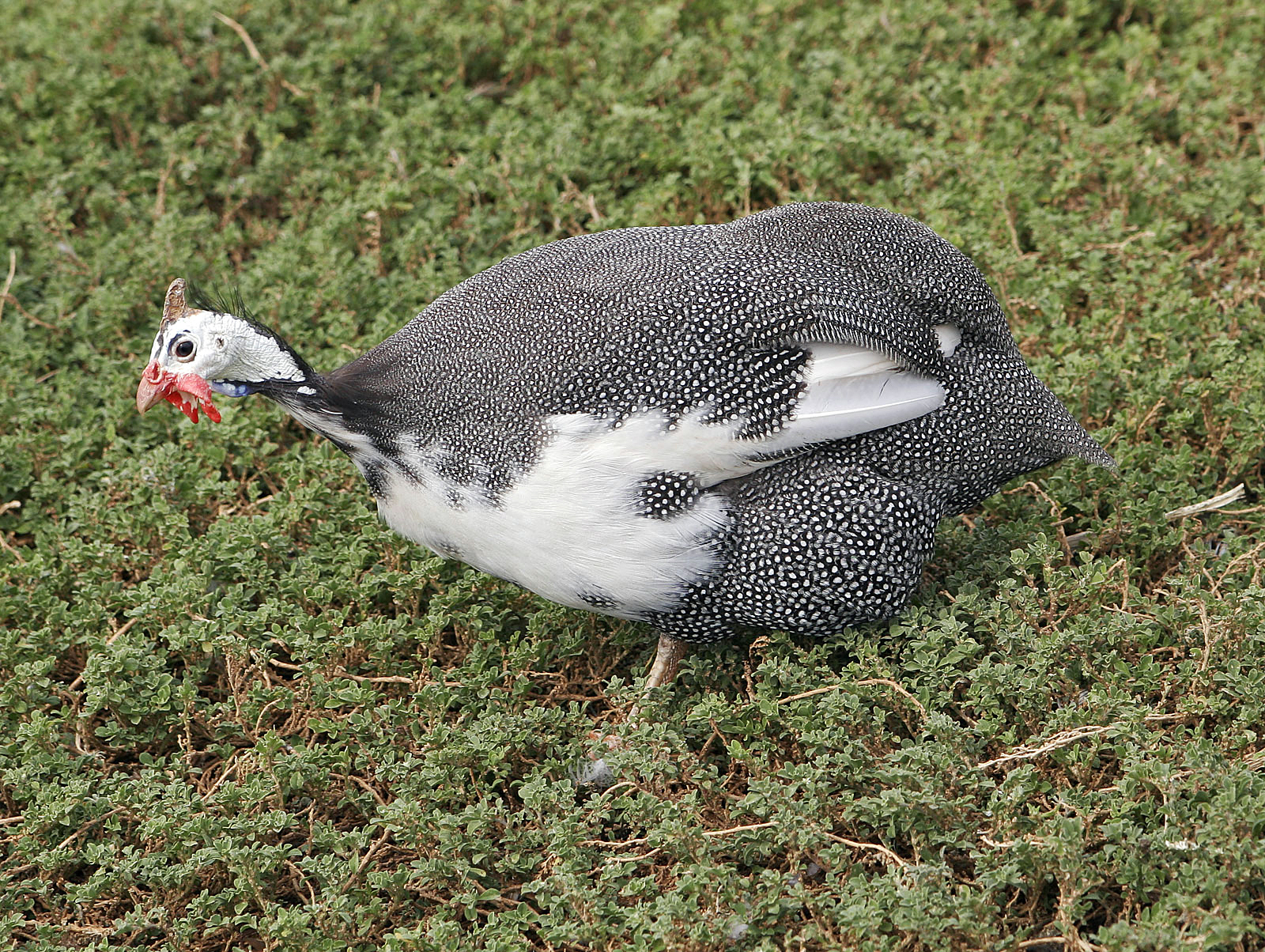|
Puerto Rican Bullfinch
The Puerto Rican bullfinch (''Melopyrrha portoricensis'') is a small bullfinch tanager endemic to the archipelago of Puerto Rico. The species can be commonly found in heavy forests throughout Puerto Rico, except on the easternmost tip of the island. It consumes seeds, fruits, insects, and spiders. The nest is spherical, with an entrance on the side. Typically three light green eggs are laid. Description The Puerto Rican bullfinch has black feathers with orange areas above the eyes, around its throat, and underneath the tail's base. The species measures from 17 to 19 cm and weighs approximately 32 grams. Taxonomy The presumably extinct St. Kitts bullfinch (''M. grandis''), endemic to St. Kitts, was formerly considered a subspecies. Diet Bullfinches are considered to be mainly frugivorous (and appear to prefer fruit when available) but they also consume other plant and animal material. Even though the diet of the nestling bullfinches is unknown, most frugivorous bird s ... [...More Info...] [...Related Items...] OR: [Wikipedia] [Google] [Baidu] |
François Marie Daudin
François Marie Daudin (; 29 August 1776 in Paris – 30 November 1803 in Paris) was a French zoologist. With legs paralyzed by childhood disease, he studied physics and natural history, but ended up being devoted to the latter. Daudin wrote ' (Complete and Elementary Treatise of Ornithology) in 1799–1800. It was one of the first modern handbooks of ornithology, combining Linnean binomial nomenclature with the anatomical and physiological descriptions of Buffon. While an excellent beginning, it was never completed. In 1800, he also published ''Recueil de mémoires et de notes sur des espèces inédites ou peu connues de mollusques, de vers et de zoophytes'' (Collection of memories and notes on new or little-known species of molluscs, worms and zoophytes). Daudin found his greatest success in herpetology. He published ''Histoire naturelle des reinettes, des grenouilles et des crapauds'' (Natural history of tree frogs, frogs and toads) in 1802, and ''Histoire naturelle, gé ... [...More Info...] [...Related Items...] OR: [Wikipedia] [Google] [Baidu] |
Melopyrrha
''Melopyrrha'' is a genus of passerine birds in the tanager family Thraupidae. It is made up of four extant species endemic to the Greater Antilles, along with 1 possibly extinct species from the island of Saint Kitts in the Lesser Antilles. Taxonomy The genus ''Melopyrrha'' was introduced in 1853 by the French naturalist Charles Lucien Bonaparte. The type species was later specified by George Robert Gray as the Cuban bullfinch. The name combines the Ancient Greek ''melas'' meaning "black" with the genus ''Pyrrhula'' introduced by Mathurin Jacques Brisson for the bullfinches. This genus was formerly monospecific containing only the Cuban bullfinch. A molecular phylogenetic study published in 2014 found that the genus '' Loxigilla'' was polyphyletic and that the Greater Antillean bullfinch, Puerto Rican bullfinch and Cuban bullfinch formed a clade. The three species were therefore placed together in ''Melopyrrha''. In 2021, the possibly extinct St. Kitts bullfinch (''M. gra ... [...More Info...] [...Related Items...] OR: [Wikipedia] [Google] [Baidu] |
El Toro Wilderness
El Toro Wilderness ( es, Selva El Toro) is a federally designated National Wilderness Preservation System unit located within El Yunque National Forest (formerly known as the Caribbean National Forest) on the Sierra de Luquillo in eastern Puerto Rico. El Toro, named after the highest peak in the forest at , is the only tropical wilderness in the United States National Forest System.El Toro Wilderness fact sheet - U.S. Forest Service It was created in 2005 by the Caribbean National Forest Act of 2005. In descending order of land area, the wilderness is located in parts of the of |
List Of Vieques Birds
This is a list of birds recorded in the island of Vieques. Vieques is an island municipality of Puerto Rico located off the east coast of the main island of Puerto Rico, south of Culebra island and west of the Virgin Islands. It has a total area of 348.15 km2, of which only 135 km2 is land area. On May 1, 2001, the western end of Vieques National Wildlife Refuge was established and on May 1, 2003, the same day as the exit of the U.S. Navy from the island, the eastern end of the refuge was established. There are a total of 196 species recorded from the island of Vieques as of July 2022, according to ''Bird Checklists of the World''. Some species, such as the Puerto Rican parrot, have been extirpated from the island but are, nonetheless, included in this list. This list presents the following information for each species: common and scientific name of each species. This list is presented in the taxonomic sequence of the ''Check-list of North and Middle American Bird ... [...More Info...] [...Related Items...] OR: [Wikipedia] [Google] [Baidu] |
List Of Puerto Rican Birds
This is a list of the bird species recorded in the archipelago of Puerto Rico, which consists of the main island of Puerto Rico, two island municipalities off the east coast (Vieques and Culebra), three uninhabited islands off the west coast ( Mona, Monito and Desecheo) and more than 125 smaller cays and islands. The avifauna of Puerto Rico included a total of 385 species as of July 2022, according to ''Bird Checklists of the World''. Of them, 201 are accidental, two have been extirpated, and one is believed to be extinct. Seventeen species are endemic. Non-native species are common; 43 listed here were introduced by humans. Individuals of many other species (mostly parrots, finches, and waxbills) are flying free, presumably after escaping or being released from captivity. For example, a 2018 study on introduced Psittacidae on the island found at least 46 species present, of which 24% are only found in the pet trade (captivity), 48% have been observed in the wild (but are n ... [...More Info...] [...Related Items...] OR: [Wikipedia] [Google] [Baidu] |
List Of Endemic Fauna Of Puerto Rico
This is a list of the endemic fauna of Puerto Rico. This list is sorted in alphabetical order by the scientific name of the species, which are in parentheses. Birds *Yellow-shouldered blackbird (''Agelaius xanthomus'') *Puerto Rican parrot (''Amazona vittata'') *Green mango (''Anthracothorax viridis'') *Puerto Rican nightjar (''Caprimulgus noctitherus'') *Puerto Rican emerald (''Chlorostilbon maugeaus'') * Puerto Rican lizard‑cuckoo (''Coccyzus vieilloti'') *Puerto Rican pewee (''Contopus portoricenis'') *Adelaide's warbler (''Dendroica adelaidae'') * Elfin-woods warbler (''Dendroica angelae'') *Puerto Rican oriole (''Icterus portoricensis'') *Puerto Rican bullfinch (''Loxigilla portoricensis'') *Puerto Rican owl (''Gymnasio nudipes'') *Puerto Rican woodpecker (''Melanerpes portoricensis'') *Puerto Rican flycatcher (''Myiarchus antillarum'') *Puerto Rican tanager (''Nesospingus speculiferus'') *Puerto Rican spindalis (''Spindalis portoricensis'') *Puerto Rican tody (''Todus m ... [...More Info...] [...Related Items...] OR: [Wikipedia] [Google] [Baidu] |
Fauna Of Puerto Rico
The fauna of Puerto Rico is similar to other island archipelago faunas, with high endemism, and low, skewed taxonomic diversity. Bats are the only extant native terrestrial mammals in Puerto Rico. All other terrestrial mammals in the area were introduced by humans, and include species such as cats, goats, sheep, the small Indian mongoose, and escaped monkeys. Marine mammals include dolphins, manatees, and whales. Of the 349 bird species, about 120 breed in the archipelago, and 47.5% are accidental or rare. The most recognizable and famous animal of Puerto Rico is probably the common coquí, a small endemic frog, and one of the 86 species that constitute Puerto Rico's herpetofauna. Some native freshwater fish inhabit Puerto Rico, but some species, introduced by humans, have established populations in reservoirs and rivers. The low richness-high diversity pattern is also apparent among invertebrates, which constitutes most of the archipelago's fauna. The arrival of the first peo ... [...More Info...] [...Related Items...] OR: [Wikipedia] [Google] [Baidu] |
Black Rat
The black rat (''Rattus rattus''), also known as the roof rat, ship rat, or house rat, is a common long-tailed rodent of the stereotypical rat genus ''Rattus'', in the subfamily Murinae. It likely originated in the Indian subcontinent, but is now found worldwide. The black rat is black to light brown in colour with a lighter underside. It is a generalist omnivore and a serious pest to farmers because it feeds on a wide range of agricultural crops. It is sometimes kept as a pet. In parts of India, it is considered sacred and respected in the Karni Mata Temple in Deshnoke. Taxonomy ''Mus rattus'' was the scientific name proposed by Carl Linnaeus in 1758 for the black rat. Three subspecies were once recognized, but today are considered invalid and are now known to be actually color morphs: *''Rattus rattus rattus'' – roof rat *''Rattus rattus alexandrinus'' – Alexandrine rat *''Rattus rattus frugivorus'' – fruit rat Characteristics A typical adult black rat is long, n ... [...More Info...] [...Related Items...] OR: [Wikipedia] [Google] [Baidu] |
Feral Cat
A feral cat or a stray cat is an unowned domestic cat (''Felis catus'') that lives outdoors and avoids human contact: it does not allow itself to be handled or touched, and usually remains hidden from humans. Feral cats may breed over dozens of generations and become an aggressive local apex predator in urban, savannah and bushland environments. Some feral cats may become more comfortable with people who regularly feed them, but even with long-term attempts at socialization, they usually remain aloof and are most active after dusk. Feral cats are devastating to wildlife, and conservation biologists consider them to be one of the worst invasive species on Earth. Attempts to control feral cat populations are widespread but generally of greatest impact within purpose-fenced reserves. Some animal rights groups advocate trap-neuter-return programs to prevent the feral cats from continuing to breed. Scientific evidence has demonstrated that TNR is not effective at controlling f ... [...More Info...] [...Related Items...] OR: [Wikipedia] [Google] [Baidu] |
Small Indian Mongoose
The small Indian mongoose (''Urva auropunctata'') is a mongoose species native to Iraq and northern South Asia; it has also been introduced to many regions of the world, such as several Caribbean and Pacific islands. Taxonomy ''Mangusta auropunctata'' was the scientific name proposed by Brian Houghton Hodgson in 1836 for a mongoose specimen collected in central Nepal. It was later classified in the genus ''Herpestes'', but all Asian mongooses are now thought to belong in the genus ''Urva''. In the 19th and 20th centuries, several zoological specimens were described: *''Mangusta pallipes'' proposed by Edward Blyth in 1845 were mongooses observed in Kandahar, Afghanistan. *''Herpestes palustris'' proposed by R. K. Ghose in 1965 was an adult male mongoose collected in a swamp on the eastern fringe of Kolkata, India. The small Indian mongoose was once considered a subspecies of the Javan mongoose (''H. javanicus''). Genetic analysis of hair and tissue samples from 18 small Indian an ... [...More Info...] [...Related Items...] OR: [Wikipedia] [Google] [Baidu] |
Bullfinch
Bullfinch is a name given to two groups of passerine birds. True bullfinches The true bullfinches are thick-billed finches in the passerine family Fringillidae. They comprise the genus ''Pyrrhula''. These birds are restricted to the Old World, and they include the following: * Eurasian bullfinch, ''Pyrrhula pyrrhula'' * Brown bullfinch, ''Pyrrhula nipalensis'' * White-cheeked bullfinch, ''Pyrrhula leucogenis'' * Orange bullfinch, ''Pyrrhula aurantiaca'' * Red-headed bullfinch, ''Pyrrhula erythrocephala'' * Grey-headed bullfinch, ''Pyrrhula erythaca'' * Azores bullfinch, ''Pyrrhula murina'' New World tanagers There is an unrelated group of New World birds also named as bullfinches because of their superficial resemblances to the above species. These passerines were placed in the large bunting and American "sparrow" family Emberizidae, but are now considered tanagers (Thraupidae). Four are in the genus ''Loxigilla'': * Puerto Rican bullfinch, ''Loxigilla portoricensis'' * Greater ... [...More Info...] [...Related Items...] OR: [Wikipedia] [Google] [Baidu] |



